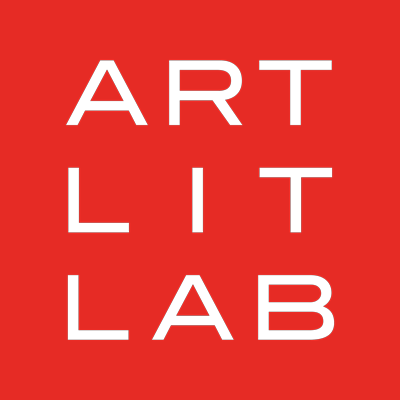The construct of time is overwhelming and evocative, somehow always advancing without our control—but what does that mean for our society? How can we gain perspective from this concept? Exploring how time impacts our memories and our lives is at the heart of painter Richie Morales’ work, especially his new exhibit, aptly titled, “The Effects of Time on Memory,” on display May 13-July 10 in the Arts + Literature Laboratory galleries.
In “The Effects of Time on Memory,” Morales explores connectivity and the idea of “animal wisdom,” which he believes exceeds human wisdom yet is still intimately connected. The exhibit also explores the origins of color by sampling light through different layers.
Morales, originally from Guatemala, says he chose to explore time and memory through color in this exhibit “because color is intimately connected to where I am from, and in that paradigm color holds memories.”
Morales’ work is evocative—he “paints with an intensity” that’s visible if you look closely at the violent brushstrokes in his work—and he hopes to “go deep” with his audience.
Arts + Literature Laboratory recently spoke with Morales about this exhibit, his artwork in general, and how he hopes his art could change our connection to our world.
Why do these topics (time and memory) appeal to you?
Because I personally like to go deep, although this causes fear or anguish, this gives me perspective and perspective gives us wisdom.
It sounds as though your work is deeply inspired by what's happening in society and our human responses to it. What drives you to interpret these events?
It distresses me to see a society overflowing and distracted, hyper-consumerist and also depressed by excess positivism. I believe art has the ability to go deep and rescue the human being. Currently much of art remains on the surface and is accepted because most people are afraid to go deeper—that's why I do the opposite.
Why is it important for you—and artists in general—to do this?
To give us hope from the perspective, to open dialogues and be willing to unlearn and deconstruct, learn and rebuild.
How do you hope your work impacts viewers?
I hope people are willing to connect and feel my artwork, not from the head but from the heart. The most difficult thing is to capture the attention of the contemporary human being (that is) hyperconnected but disconnected at the same time.
If you could change the world with your art, what would the world look like?
It would be a world that moves more depending on the consciousness and the impacts of each action and decision we make, but I also think that as we live more conscientiously we have already changed our closest world, and from this logic I feel that my world is always being transformed.
Due to the COVID-19 pandemic, ALL’s galleries are currently open limited hours: 12 to 5 p.m. Thursday through Saturday, or by appointment. Visitors inside the building will be required to wear masks and practice social distancing, and the number of visitors will be limited according to current public health guidelines. Exhibition admission is free.

